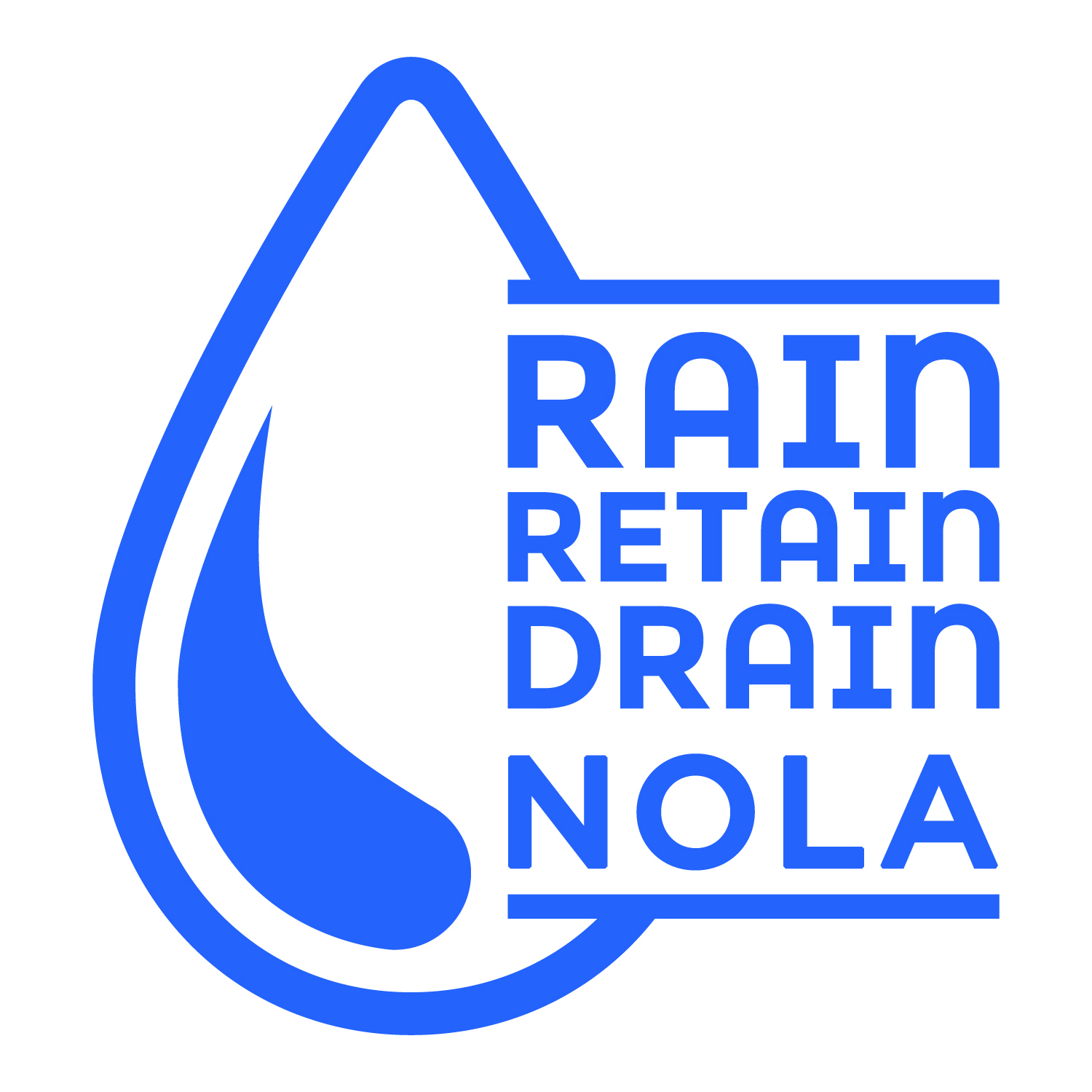GLOSSARY OF GREEN INFRASTRUCTURE TERMS
Bioswales are landscape elements designed to concentrate or remove silt and pollution from surface runoff water. They consist of a swaled drainage course with gently sloped sides (less than 6 percent) and are filled with vegetation, compost and/or riprap.
A catch basin is part of a storm-drain system designed to prevent flooding or the accumulation of standing water. The catch basin consists of a grate and a below-ground compartment. The grate sits flush with the ground. Water runs through the grate and into the compartment below. The structure may include a sump to handle sediment and debris. An outlet pipe drains the water.
Often referred to as “floating gardens,” chinampas are an ancient Mesoamerican agriculture method where artificial islands or peninsulas are created by piling up mud, lake sediment and other decaying vegetation until it protrudes above the water. Seeds are then planted on these plots, using the lake water for irrigation, therefore, never needing to be watered. This method is known to produce extremely high yields and provide an ideal environment for plants and fish, acting as a natural aquaponic system.
Plants and trees with deep roots have the ability to store water and not only survive periods of drought, but also provide water to plants that grow around them. (Cost: Low-High)
Downspout disconnection is the process of separating roof downspouts from the sewer system and redirecting roof runoff onto pervious surfaces, most commonly a lawn. This reduces the amount of directly connected impervious area in a drainage area.
Drip irrigation is a watering system that allows water to drip slowly out onto the soil, therefore minimizing water runoff, soil erosion and evaporation of surface water. These systems can be as complex as having many hoses, filters and pressure regulators or as simple as having homemade bucket systems, using gravity to drop the water onto the crops.
A French drain is a trench filled with gravel or rock or containing a perforated pipe that redirects surface water and groundwater away from an area.
A green roof or living roof is a roof of a building that is partially or completely covered with vegetation and a growing medium, planted over a waterproofing membrane. (Cost: $15-20 per Square Foot)
Hugelkultur is designed by digging out a large hole, laying down logs and other wooded and natural debris and then covering it with soil which plants and trees can then be harvested on. As the logs decompose they provide nutrients to the organisms living in the soil, as well as act as a sponge, soaking up water during rainfall and releasing it into the soil as needed. (Cost: Low)
Mulch is natural material such as straw, leaves, twigs, small branches and paper products. Spreading mulch over soil helps hold in moisture and therefore conserves water. (Cost: Low)
Ollas are unglazed, porous clay pots that are planted underground near plants to deter water evaporation or run off. Water is poured directly into the olla and it releases the water to the root system of the plant as needed. (Cost: Low)
Permeable paving is a range of sustainable materials and techniques for permeable pavements with a base and subbase that allow the movement of stormwater through the surface. In addition to reducing runoff, this effectively traps suspended solids and filters pollutants from the water.
Planter boxes are urban rain gardens with vertical walls and either open or closed bottoms. They collect and absorb runoff from sidewalks, parking lots, and streets and are ideal for space-limited sites in dense urban areas and as a streetscaping element.
How to Build a Rain Garden to Filter Run-Off. (Cost: High)
Rainwater Harvesting/Rain Barrels are a method of retaining water whereby large barrels or tanks are used to collect rainwater as it falls and runs off rooftops. This water can then be used to water one’s garden or filtered and used for indoor use. (Cost: $80)
Permaculture pioneer and international agricultural consultant, Sepp Holzer, utilizes stones to retain water and create microclimates. This allows trees and plants to grow in climates in which they are not naturally found. He places large stones around trees, for example, to trap heat and reflect it back towards the plant. When stacking rocks he is able to produce a cooling effect which then traps moisture and creates condensation, acting as a natural drip irrigation system. (Cost: Low)
